The Ingredients You Need For Great Italian Cooking
JACOB KENEDY
Bocca Di Lupo, Gelupo & Plaquemine Lock
If there is one ingredient to keep in your cupboard – one that can pep and enrich almost any dish from salads to pastas to stews – it is the humble caper. The best come from Pantelleria – a windswept volcanic isle between Sicily and Africa – and I only ever use capers packed in salt. The pickled ones taste, well, of pickle. Salted ones need a few hours soaking in cold water, or 30 minutes in hot water if you’re in a rush, before you squeeze them dry. Strew them on salads, press them into the breadcrumbs or batter of fried fish, toss them into tomato sauces and braise them in caponata, lentils or meat stews. Fry them crispy in butter and throw them on poached flatfish; or chop them and mix with raw meat for steak tartare, or with herbs and oil for salsa verde; or stir (with cornichons and herbs) into mayonnaise for tartar sauce.
If I had to have a desert-island cheese, it would be ricotta. Best of all is sheep’s ricotta – it has a fabulous, slightly farmyard flavour. Buffalo ricotta is decadent and rich, and cow’s milk ricotta is nice if it’s fresh. Ricotta deteriorates from the moment it is made, so buy only as you need it. Try it for breakfast – on bread or toast with either jam or honey, or simply with salt and olive oil. For pudding, a light mousse of ricotta whipped with just a little sugar makes the perfect bed for strawberries. It is truly a versatile and beloved ingredient.
Pandoro is panettone’s lesser known but better cousin. One for the purist, it’s an unthinkably light, delicately sweet, sunshine yellow enriched yeast bread, baked in a star-shaped giant dariole form that somehow always makes me think of a comet. It lasts months in its packet, so I always have one at home. Bauli’s is widely available, but I think Tre Marie is significantly better. It makes the best emergency breakfast or dessert. Warm it on the radiator or in a plate warmer (or oven set to 50ºC) before unwrapping, and dust lavishly with the vanilla icing sugar it comes with. You can slice it across into star slices, but I prefer always vertical wedges – so thick my guests look aghast, but they always finish them. While you could serve it with stewed fruits, sweetened ricotta, mascarpone or chocolate sauce, I never do. I like it simply with a glass of cold milk, to dunk it in.
Visit BoccaDiLupo.com
TIM SIADATAN
Padella
Capezzana olive oil is my go-to – it’s pressed and bottled in the Carmignano region, north of Florence. Its warmer climate means the olives ripen to their fullest. Using this oil within one year of it being pressed is guaranteed to make anything taste good – and guaranteed to make you look like a good chef.
I could easily eat good-quality tinned anchovies by themselves, but to elevate them even more I’ll layer them on crostini with good butter. Tumbled in a salad, they’ll add a delightful, salty flavour, or they give an umami kick to slow-cooked lamb or beef stews. I’ll also melt some anchovy fillets into caramelised garlic and chilli to have with al dente spaghetti.
A quality salted caper is essential if you’re looking to recreate any style of Mediterranean food at home. We’ll sometimes add them, along with anchovies and garlic, to pasta in the restaurant. Although fresh pasta is always preferred, it’s not always convenient.
Martelli produces a dried pasta that you can trust to create the perfect al dente pasta. You can find it in various types from spaghetti to fusilli.
Visit Padella.co
CONOR GADD
Trullo
My first stop in any Italian deli is always the salumi section. Eating in a restaurant most days can take its toll, so something I’m quite happy with after a long shift is a simple plate of cured meats with a few pickles. If it’s been a hard day and I feel like treating myself, I’ll go for culatello di zibello – a ham cured in pig’s bladder – as it has a lovely depth of flavour that allows me to pair some really interesting wines with it. If my day has been smooth, then I’ll go for something simpler like coppa di parma or some pancetta. It’s important to always ask the deli to slice it for you, as you’ll never get it thin enough using a knife at home.
The second thing I look out for is passata made from Datterini tomatoes – sweet little fruits which have a much higher natural sugar content than normal tomatoes. It works well in a number of different scenarios, but normally I’ll stir it through pasta with some torn-up mozzarella as a quick dinner to have with the kids. The last thing I search for – and a search is needed as not every deli will have it – is colatura. It’s a sauce based on an ancient Roman recipe. It’s Italy’s version of fish sauce in many ways and provides great depth to any dish. Strangely perhaps, I love pouring a little bit over my fried egg on toast at the weekend, but it also works well on grilled meats, and is brilliant on pasta with wilted greens.
Visit TrulloRestaurant.com
THEO RANDALL
Theo Randall At The Intercontinental
I love Italian delis so much I wrote a book about them in 2021 – The Italian Deli. A good Italian deli is somewhere you can buy delicacies that you can’t find in most supermarkets, from freshly sliced salamis, hand-cut cheeses or the best new season olive oil. My local is Primo on Regent’s Park Road. It’s a family run place that just oozes Italian food culture in so many ways. I tend to buy a lot of what I eat at home there.
Dried pasta is always an important ingredient. It can be found easily in most supermarkets these days but there are so many levels of quality and shapes when it comes to pasta. Any brand with ‘bronze dye’ written on it or, better still, from Gragnano – the birthplace of spaghetti – is likely to be of the best quality. Bronze dye means the pasta has been extruded through a bronze dye that creates a rough texture on the pasta, so the sauce sticks to it, making the pasta much nicer to eat. Also, the highest-quality durum wheat flour is being used. My rule of thumb: the better the packaging, the better the pasta. The Italians are brilliant marketeers, so good packaging is always a sign of the quality ingredients inside. Primo has a large selection of pastas you may not have heard of, but the great thing about going to a good Italian deli is that they will advise you on what to cook. It’s a bit like going to a good pharmacy.
Tomatoes are probably the most important ingredient in Italian food. I tend to use passata as it comes in jars with a screw cap lid, so you can use a little bit and keep it in the fridge. Passata is sieved tomatoes, so there are no seeds, and the sauce is always sweeter than a regular tinned plum tomato. The brands to look for are Cirio and Mutti – both are excellent quality.
Tinned fish is something I love. I have childhood memories of my mother’s homemade bread toasted with lots of butter and a tinned sardines in olive oil with a sliced tomato. It’s a flavour I crave most days. A good Italian deli will always have a great stock of tinned tuna, anchovies in salt or oil and, my favourite, cured fresh anchovies. These tend to be white in colour and served by hand in a refrigerated display. Simply added to a mixed green salad or on a piece of toasted sourdough, they are a delight to eat and make a simple bruschetta into something exceptional.
Olive oil is a staple in Italy and there are so many different flavours because of the climate. From north to south, the change in flavour and colour is extreme. In northern Italy the olives tend to be picked earlier, so they have a dark green colour and a very peppery taste. Harvest is in November, when the olive oil is at its greenest and spiciest. One of the most popular dishes at our restaurant, Theo Randall at the InterContinental, is pappardelle with cavolo nero purée and new olive oil. The colour of the pasta tossed in the dark green olive with the purée is exceptional and the addition of some grated pecorino on top is so delicious. I can’t wait for cavolo nero season in November…
Parmigiano reggiano – or parmesan – is probably the most important cheese in Italian cuisine. Each whole wheel of cheese is made from 500 litres of semi skimmed milk, aged for a minimum of two years and weighs about 35kg. Parmesan cut from the wheel is really special and the best place to get it will be an Italian deli. It will be more expensive than a wedge from a supermarket, but the taste will be so much better.
Visit TheoRandall.com
STEVIE PARLE
Pastaio
I always grab a big bag of grade-1 dried porcini. You can soak these and add to all sorts. Use them chopped up in ragu or to roast with a piece of fish, or to make a quick pasta dish with garlic, butter, parsley and thyme. They're a real gift when you haven’t got any fresh food in. Always use the liquid you soaked the mushrooms in, too, as it’s full of flavour.
I love a little bottle of that magical Italian fish sauce, Colatura d’Alice. Full of umami, I add this to dishes in place of anchovies for a more delicate and delicious flavour. It's excellent for seasoning crudo.
I’m quite into using a pinch of saffron as a tea (and it’s supposed to have millions of health benefits), but I also love it for a traditional risotto or old English tea cake.
Finally, I always buy a single-estate Tuscan olive oil. Having a bottle of thick, fresh, grassy, peppery olive oil to hand makes even a plate of plain boiled vegetables insanely delicious.
Visit Pastaio.co.uk
DAVIDE PARATO
Crust Bros
’Nduja reminds me of my childhood as my mum is from Calabria, where it is from. It's a spreadable sausage made with pork fat, which is both spicy and really tasty at the same time. It gives a great smoky note to some of our pizzas at Crust Bros.
I love burrata for its milky-creamy flavour. It's perfect for adding to both veggie and meaty meals and, for example, balances the smoky and spicy flavour of ’nduja really well.
There's a huge difference between parma ham and prosciutto crudo, so make sure you're buying the best parma ham at the deli. It should be salty and sweet, having been seasoned for a long time. Never cook parma ham – it's perfect put on top of pizzas when they're already cooked, or used in meat platters.
San Marzano tomatoes are the best in the world because of their sweetness. One of the most important elements of a pizza is the tomato sauce, and we use San Marzano tomatoes at Crust Bros to make sure our sauce is sweet, flavourful and delicious.
I also like ricotta for multiple reasons. It's tasty, super versatile and has a lower fat content. You can use ricotta to add to lots of savoury dishes, but it's also great on a Nutella pizza for dessert.
Visit CrustBros.co.uk
SHOP THE CHEFS' TOP PICKS
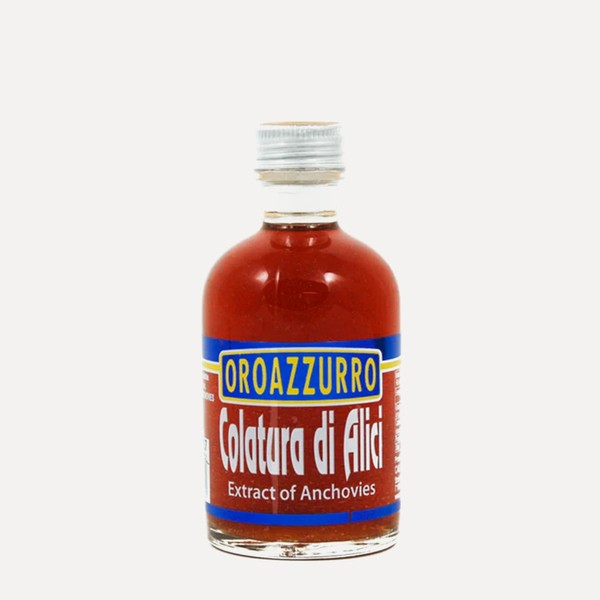
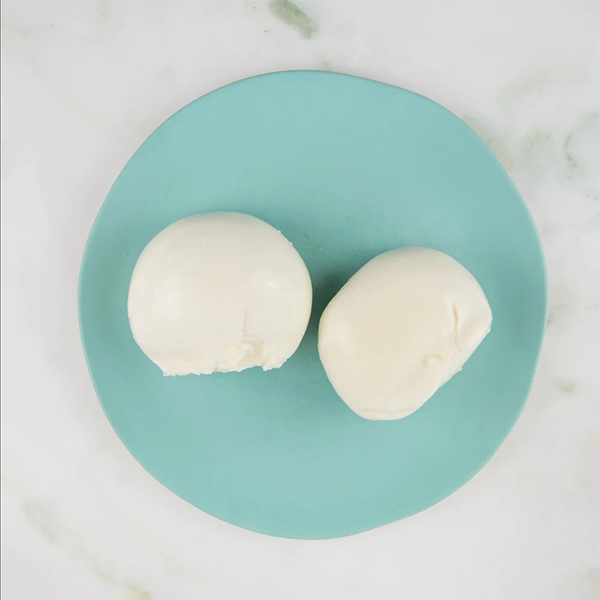

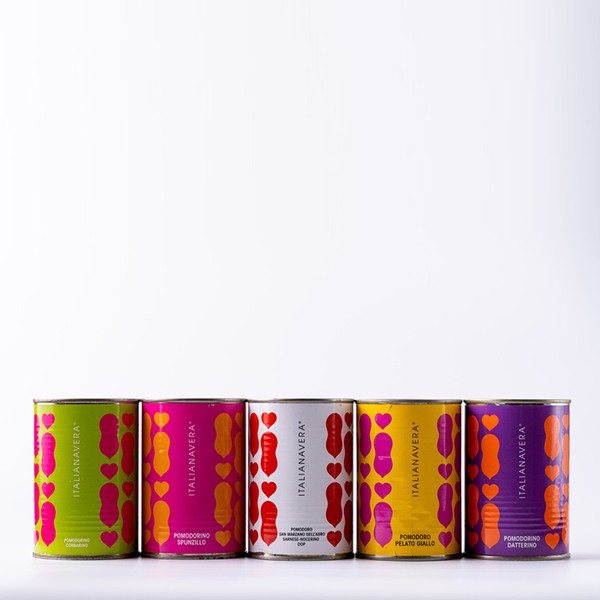
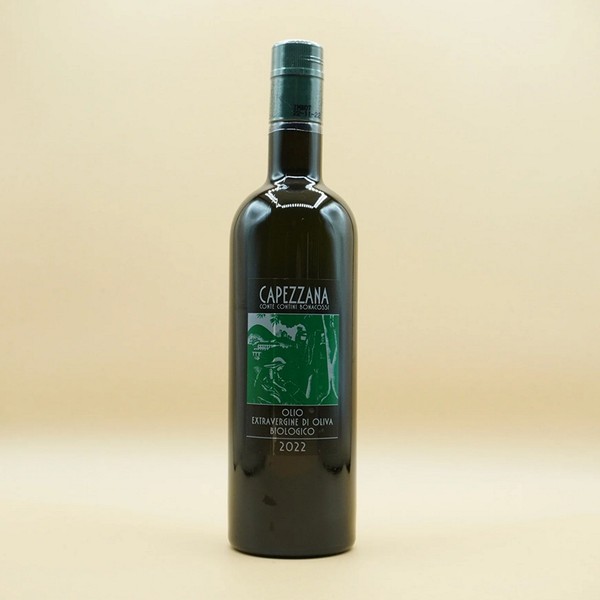
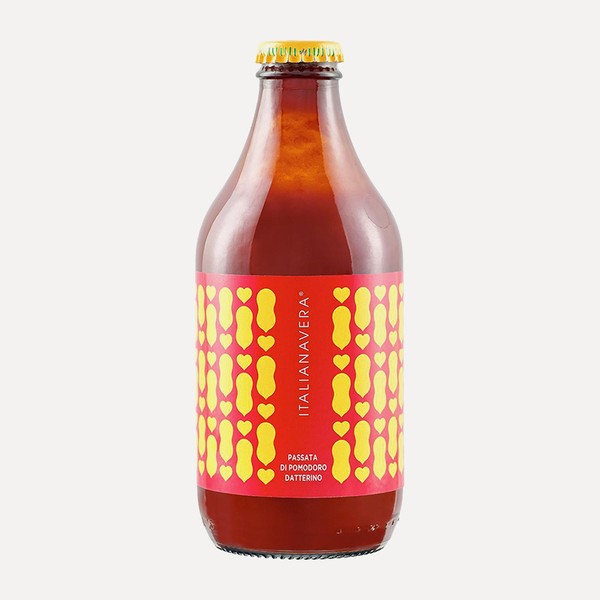
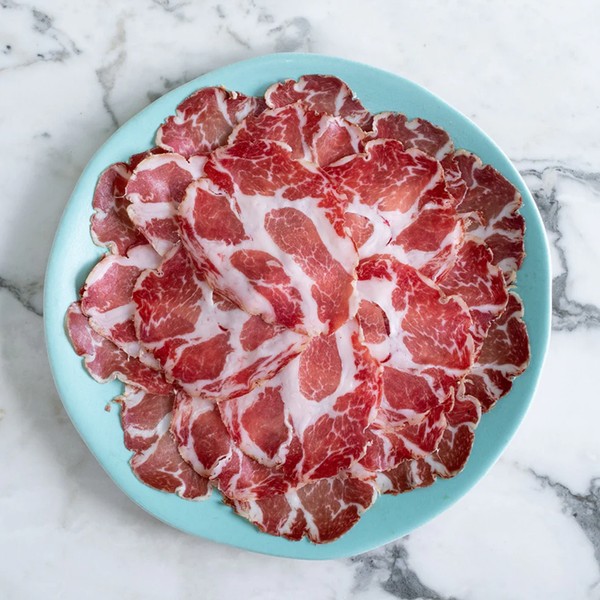
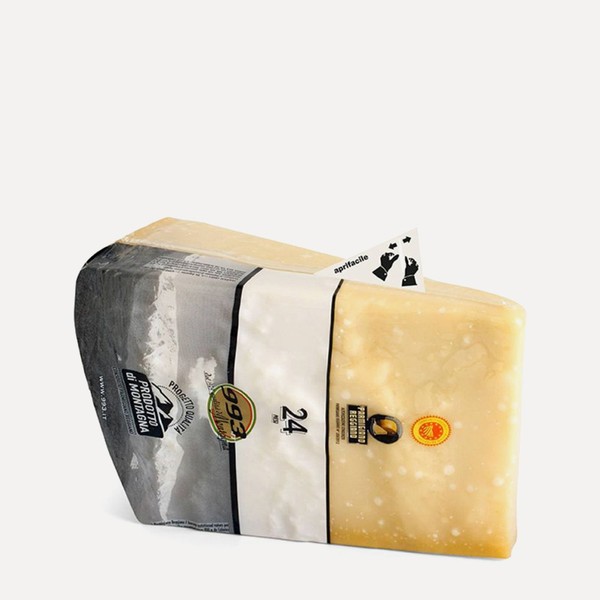

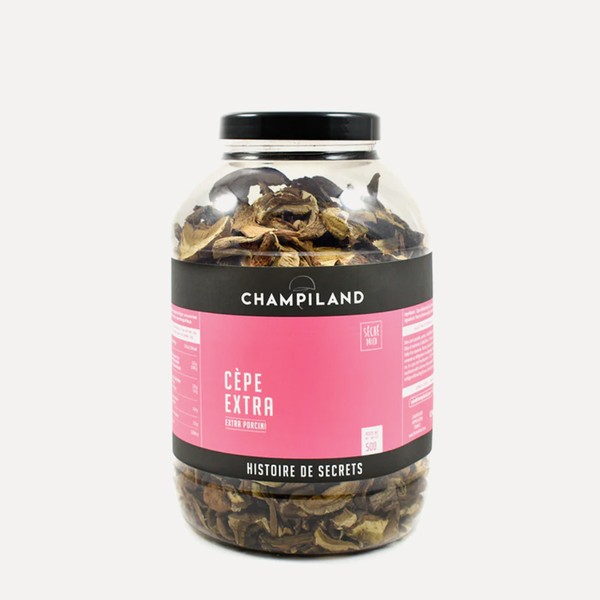
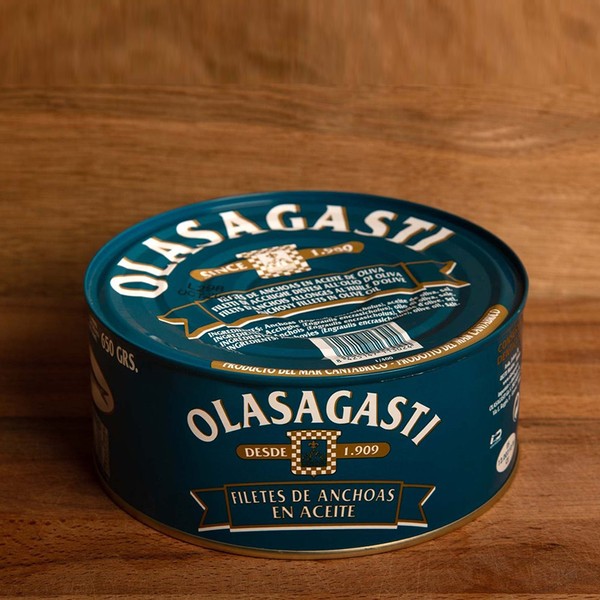

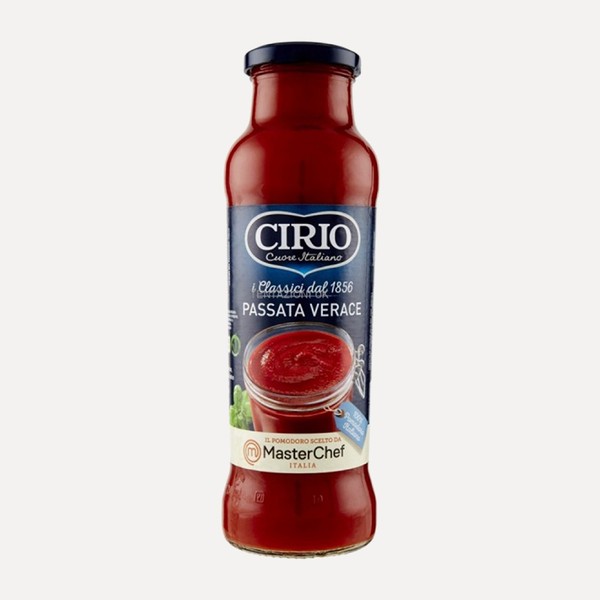
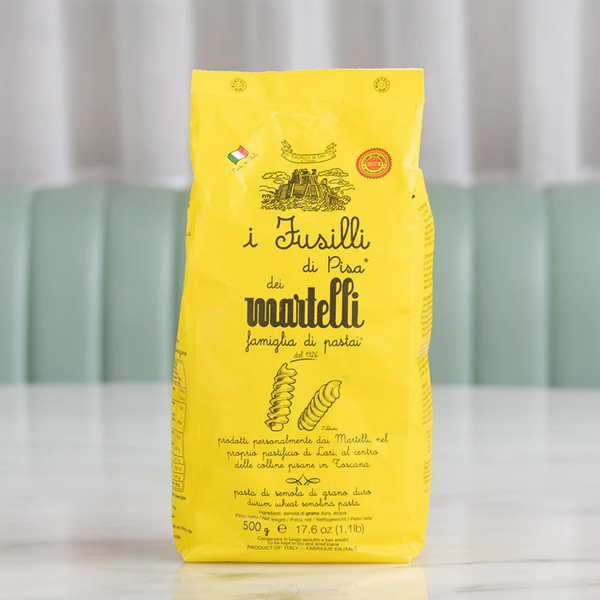


DISCLAIMER: We endeavour to always credit the correct original source of every image we use. If you think a credit may be incorrect, please contact us at info@sheerluxe.com.
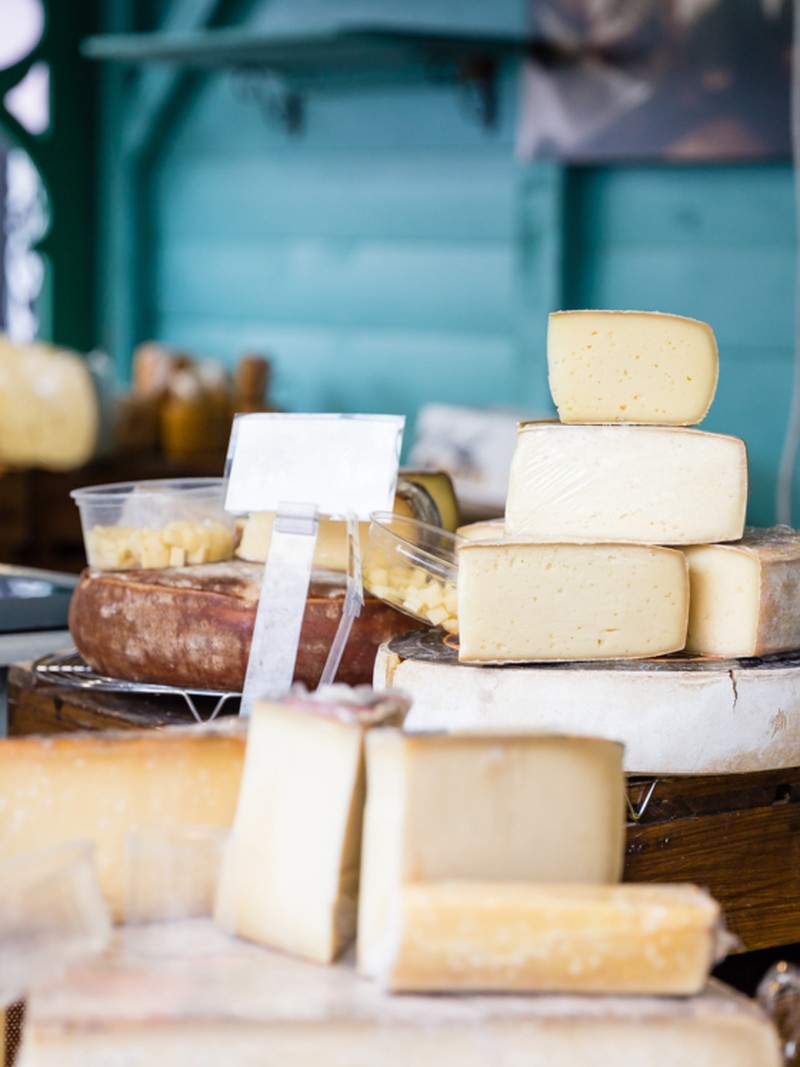
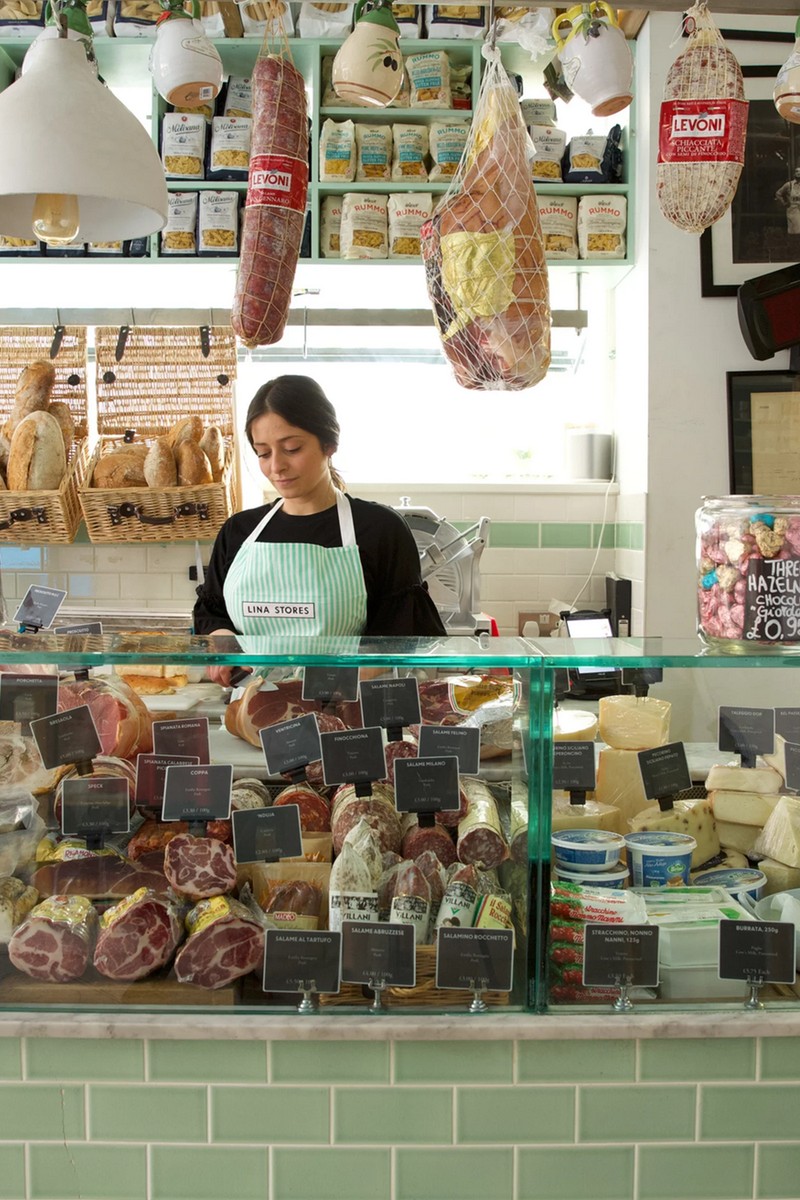
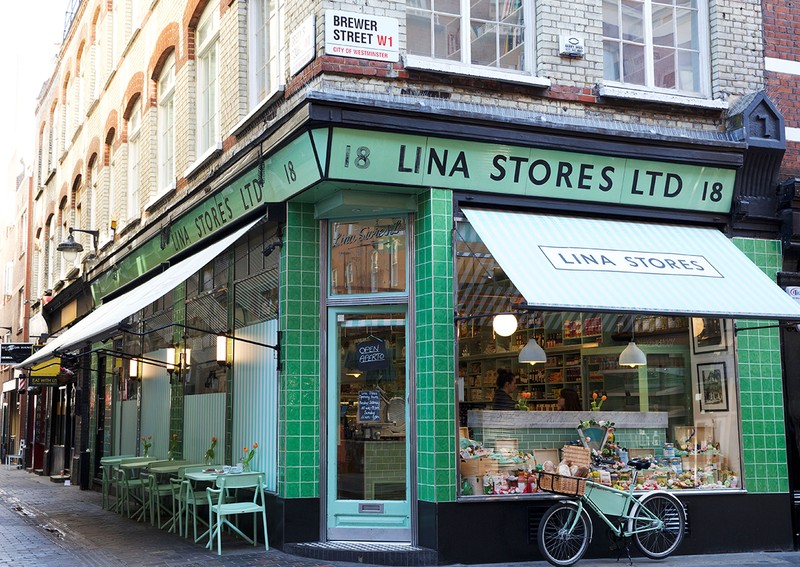
/https%3A%2F%2Fsw18.sheerluxe.com%2Fsites%2Fsheerluxe%2Ffiles%2Farticles%2F2023%2F05%2Flina-stores-3.png?itok=PZnEzhgu)

